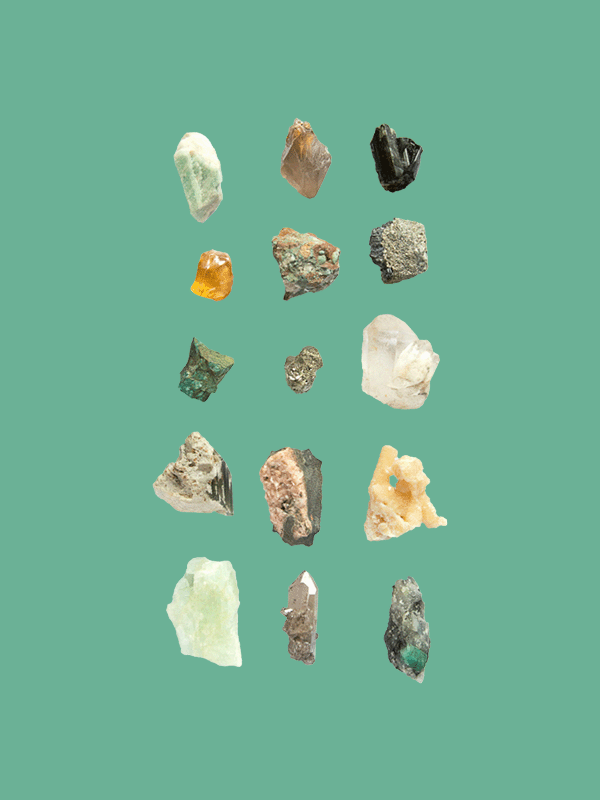
Organizational Design - Mercari
Entering Mercari as its sole UX copywriter, I quickly realized we'd need more than just one writer to match the company's ambition for a world-class experience.
Approaching the building of a UX Content team as a design challenge, I expanded the discipline's footprint from a solo contributor to a team of diverse specialists –fully integrated into the UX workflow and sought after by peers and cross-functional orgs.

Initial steps centered on increasing understanding of UX Content's distinct purpose and function.
To ensure smooth scaling, I started building the team by aligning a firm lexicon around the discipline and solid expectations about its contribution to the team.
As an individual contributor, I provided working models for how specialized Content Designers, Product Copywriters, and Information Architects would eventually contribute to the overall operation.
At a higher level, I crafted a range of conceptual models defining the nuances of the discipline. From simple visualizations to more complex taxonomical maps, I established solid literacy around the discipline across the org.
My approaches generated a voracious appetite for UX Content contributions on projects. That minimized the collaboration fault lines common in UX and Product orgs while also generating cross-functional advocates for expansion of my team.

Frequently cited as critical to project success, the UX Content team was ready to expand further.
At this point, the organizational design work became more ambiguous.
Beyond meeting the core demand, the UX Content team could be shaped depending on how our Product and UX orgs wanted to grow. To efficiently utilize each budget advance, I prepared across multiple fronts ...
– Mapping the possible shapes of the future team. A clear taxonomy of roles and progressions of growth enabled high-level conversations.
– Assessing the team's skills and interests against a wider range of challenges. We'd hired high-performing Content Designers into a high-retention UX org, so it would be critical to understand how their growth could aid the future vision.
– Negotiating the team's areas of responsibility. There are always responsibility gaps – and overlaps – in a company of Mercari's size. Successful growth would depend on our flexibility to lean into priority shifts.

When unexpected changes occurred, I was prepared and able to smoothly transition.
Expansion would manifest in a different way than anticipated, with Brand and Marketing copywriters being consolidated into my team.
But the established organizational design documentation made for a seamless adjustment. As a team, we were able to quickly recognize how the Brand and UX contributors would fit together and which gaps/overlaps could be reduced to the benefit of everyone.
– New touchpoints of collaboration were established.
– Cross-department processes were smoothed out.
– The tension of org change was replaced by a sense of stabilization in the shift.
I subsequently worked with the Brand & Marketing contributors to anchor the definition and expectation of that side of the discipline based on what we'd already established for Product.